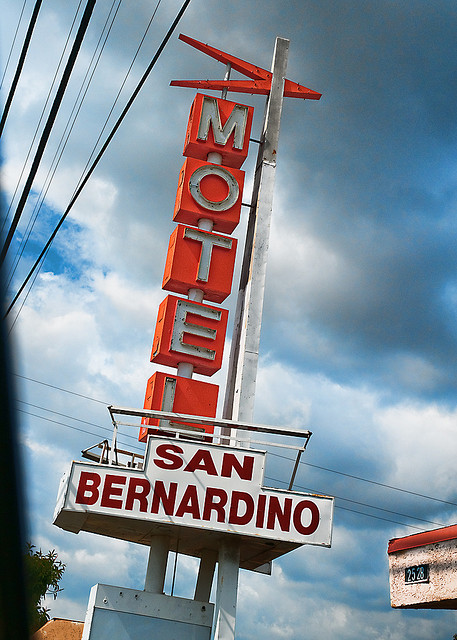A few of San Bernardino’s biggest creditors admitted in court on Wednesday that they are doing everything they can to prevent the city from going through with its current bankruptcy plan – which involves paying CalPERS in full, but shorting other bondholders.
The creditors argued that all creditors – including CalPERS – should be treated with more equality.
From Reuters:
Lawyers for bankrupt San Bernardino, California, and the city’s creditors clashed in federal bankruptcy court on Wednesday, with a major bondholder accusing the city of stoking “Main Street versus Wall Street fires.”
[…]
A major bondholder claimed it should be treated on equal terms to that of the city’s biggest creditor, Calpers, California’s public pension fund.
The growing tension between the city and some of its biggest creditors come after the Luxembourg-based bank Europäische Pfandbrief-und Kommunalkreditbank AG (EEPK), which holds $50 million in pension obligation bonds, filed a lawsuit against San Bernardino in January.
Also suing the city in the same lawsuit are Ambac Assurance Corp., which insures a portion of those bonds, and Wells Fargo Bank, the bond trustee and flagship bank of Wells Fargo & Co.
Paul Glassman, an attorney representing San Bernardino, on Wednesday told the judge overseeing the case that EEPK is concerned that it will not be paid in full and is trying “to block confirmation of the city’s plan any way they can.”
Glassman said EEPK is trying to “cause chaos.”
Meanwhile, Vincent J. Marriott, an attorney for EEPK, said the city had misinterpreted the bank’s lawsuit, accusing it of trying to “stoke Main Street versus Wall Street fires.”
San Bernardino struck a deal last year with Calpers, agreeing to pay the pension fund in full in its bankruptcy exit plan, which it must produce by May 30.
Since then city officials have confirmed to Reuters that San Bernardino intends to pay significantly less than the full amount it owes to EEPK, Ambac and Wells Fargo, and that it views bondholder obligations as less important than its obligations to Calpers.
San Bernardino declared bankruptcy in 2012. It could have impaired pensions as part of its bankruptcy exit plan, but it chose to pay CalPERS in full. Many of the city’s other creditors, however, will not be paid in full.
Photo by Joe Gratz via Flickr CC License


